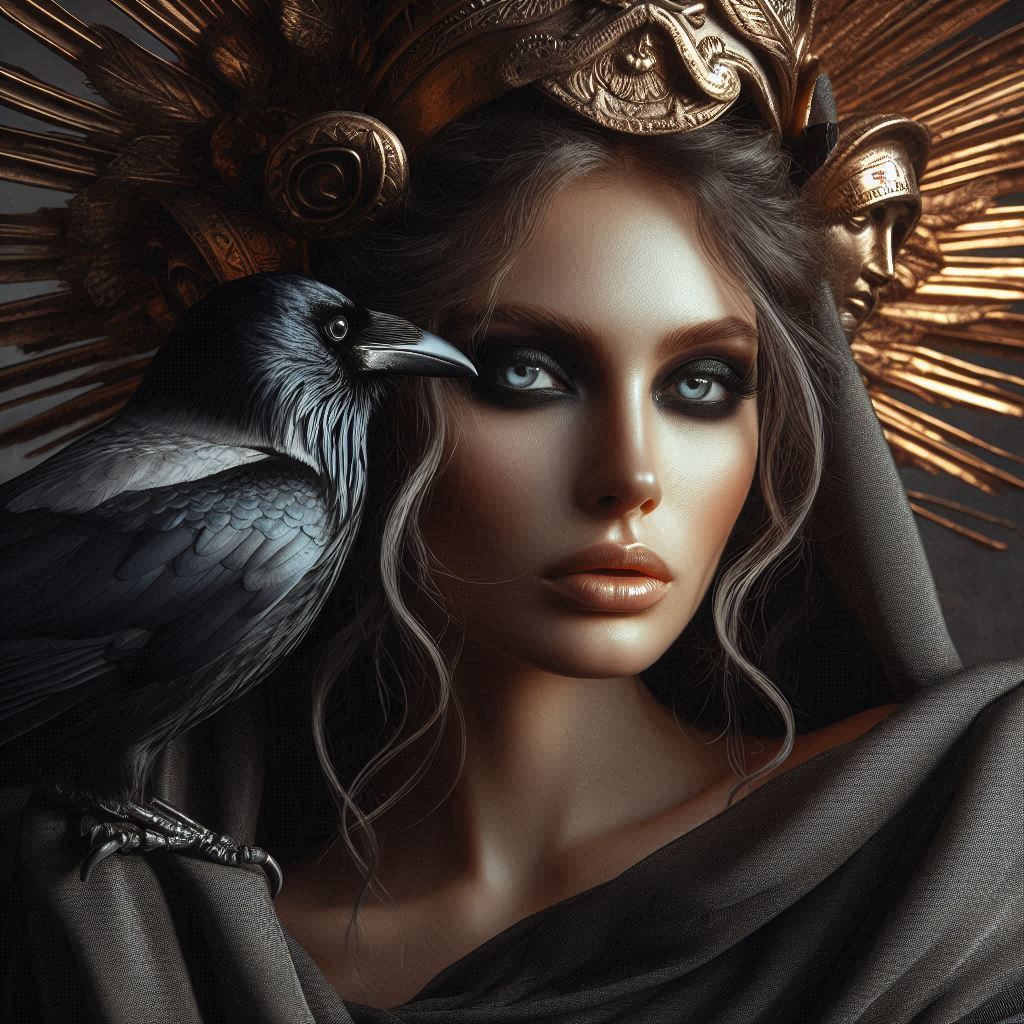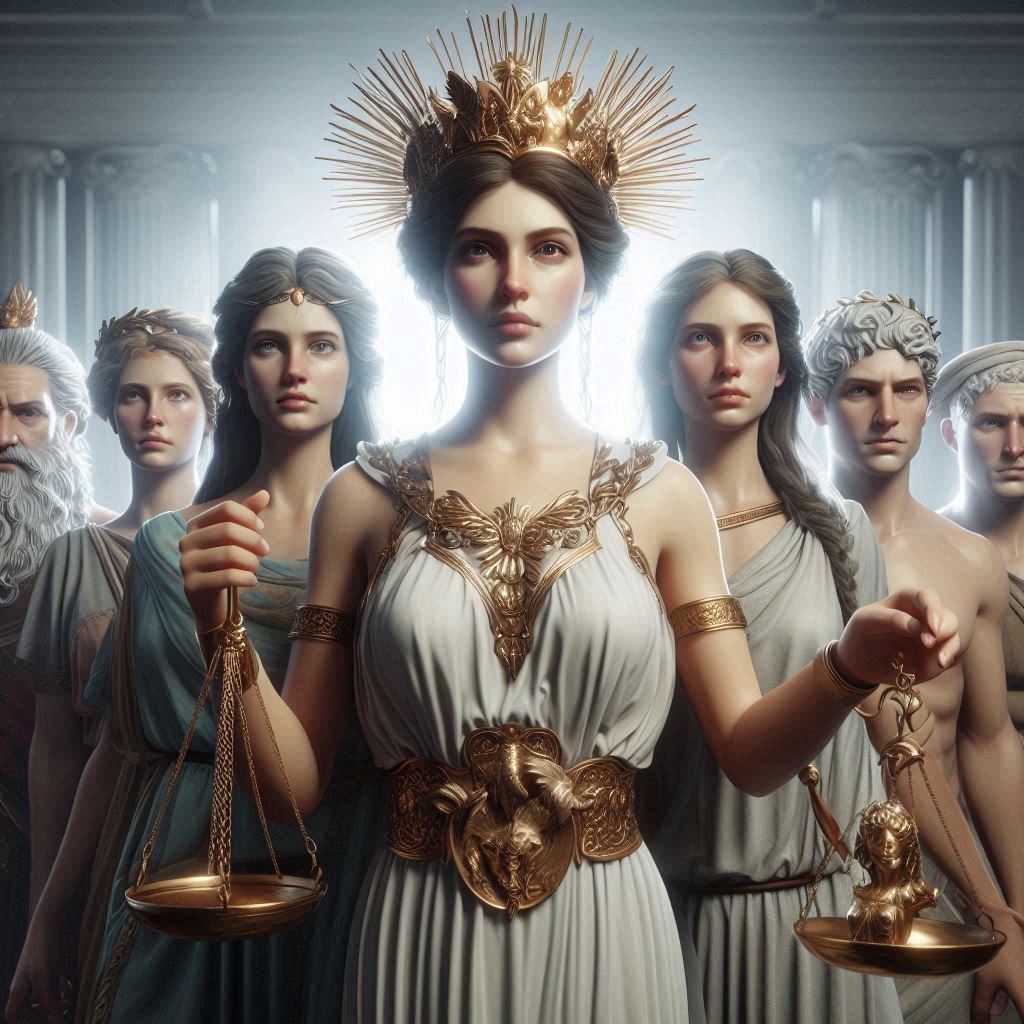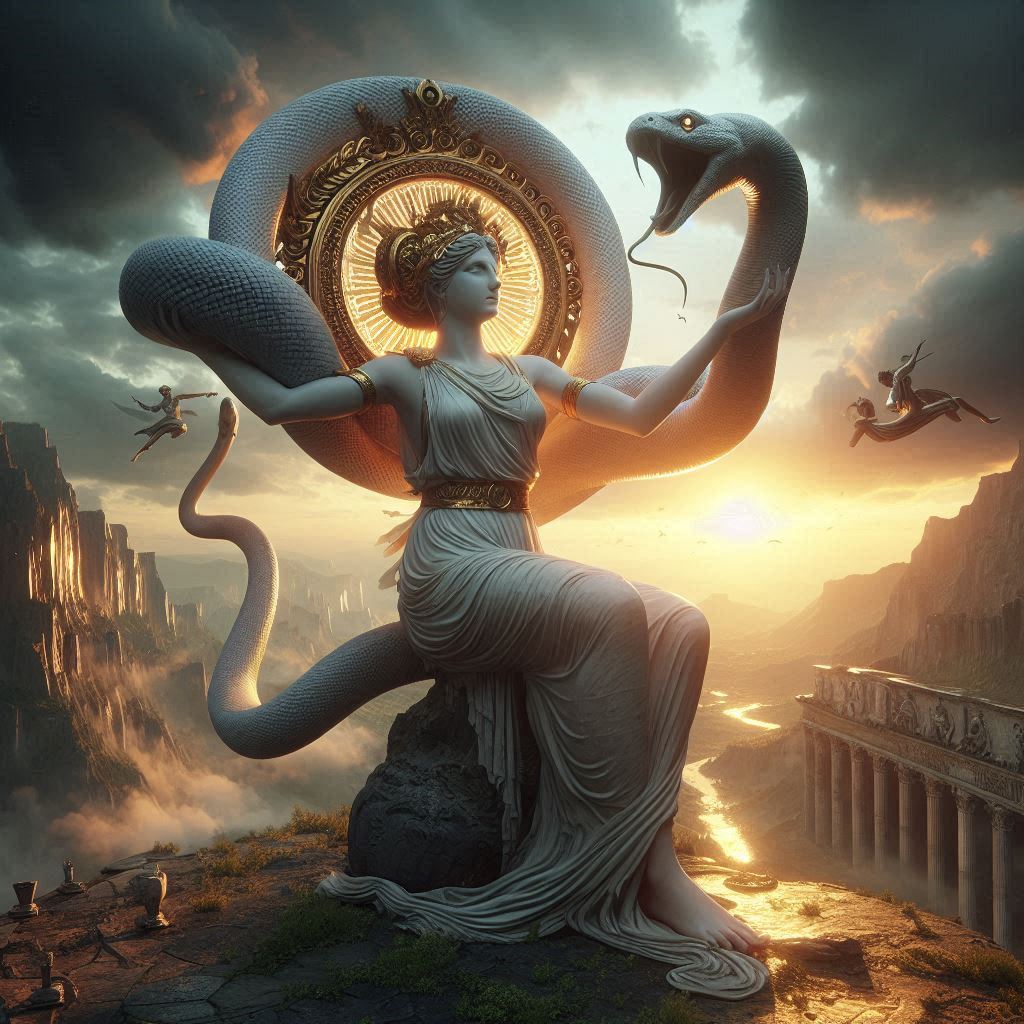Table of Contents
Anton Chekhov’s The Seagull: A Revolutionary Work of Modern Theater
Anton Chekhov’s The Seagull (1896) is a seminal play in modern drama, marking a departure from the melodramatic traditions of 19th-century theater. Though its initial performance at the Alexandrinsky Theatre in St. Petersburg was a notorious failure, the play was later revived by Konstantin Stanislavski’s Moscow Art Theatre in 1898, where it achieved critical acclaim. The Seagull is now celebrated for its psychological depth, innovative structure, and exploration of themes such as artistic failure, unrequited love, and existential despair. This essay examines the play’s plot, characters, major themes, stylistic innovations, historical context, and lasting legacy in theater.

Plot Summary
Act I: The Failed Premiere
The play opens on Sorin’s country estate, where Konstantin Treplev, a young aspiring playwright, stages an experimental symbolic play for his family and friends. The performance features Nina Zarechnaya, a local girl whom Konstantin loves, as the “soul of the world.” The play-within-a-play is ridiculed by Konstantin’s mother, Irina Arkadina, a famous actress who embodies traditional theater. Her lover, Boris Trigorin, a successful but jaded writer, also dismisses Konstantin’s work. The act establishes the central conflicts: artistic rivalry, generational tension, and unfulfilled desire.
Act II: The Seagull as a Symbol
Nina becomes infatuated with Trigorin, who represents the literary success Konstantin craves. In a pivotal moment, Konstantin kills a seagull and lays it at Nina’s feet, declaring that he will soon kill himself “like this seagull.” Trigorin, intrigued, notes the moment as potential inspiration for a short story about a girl destroyed like a bird—foreshadowing Nina’s fate.
Act III: Departures and Desperation
Konstantin attempts suicide offstage after a heated argument with his mother. Trigorin and Arkadina prepare to return to Moscow, while Nina impulsively decides to follow Trigorin to pursue acting—and him.
Act IV: The Cycle of Disappointment
Two years later, the characters reunite at Sorin’s estate. Nina, now a struggling actress abandoned by Trigorin, returns broken but spiritually hardened. Konstantin, still pining for her, achieves minor literary success but remains unfulfilled. The play ends with his offstage suicide, mirroring the fate of the seagull.
Character Analysis
1. Konstantin Treplev: The Tormented Artist
Konstantin embodies the struggle of the avant-garde artist against tradition. His experimental play represents Chekhov’s own break from conventional theater. However, Konstantin’s lack of recognition and his mother’s dismissal drive him to self-destruction. His suicide underscores the play’s theme of artistic futility.
2. Nina Zarechnaya: The Broken Dreamer
Nina begins as an idealistic young actress, enchanted by fame and love. Her affair with Trigorin leaves her abandoned and disillusioned, yet she gains a tragic resilience. Unlike Konstantin, she endures suffering without complete collapse, symbolizing the endurance of art despite hardship.
3. Irina Arkadina: The Narcissistic Diva
Arkadina represents the old guard of theater—talented but vain, clinging to her fading beauty and success. Her refusal to acknowledge Konstantin’s talent or support him emotionally makes her a tragic figure of maternal neglect.
4. Boris Trigorin: The Jaded Writer
Trigorin is a celebrated author who feels trapped by his own success. His casual destruction of Nina’s life (by seducing and abandoning her) mirrors his detached, almost predatory approach to art—he “collects” experiences for stories without emotional engagement.
5. Supporting Characters: Unrequited Love and Comic Relief
- Masha, the estate manager’s daughter, loves Konstantin hopelessly and marries Medvedenko, whom she despises.
- Sorin, Arkadina’s ailing brother, represents missed opportunities and regret.
- Polina and Dorn engage in a secret affair, highlighting the play’s theme of concealed emotions.
Major Themes
1. The Conflict Between Traditional and Experimental Art
Chekhov contrasts:
- Konstantin’s symbolism (his abstract play)
- Arkadina’s classical theater (her performative narcissism)
- Trigorin’s commercial realism (writing for fame, not passion)
The play critiques all three approaches, suggesting that no form of art can fully satisfy human longing.
2. Love as a Destructive Force
Nearly every relationship in The Seagull is one-sided:
- Konstantin → Nina → Trigorin → Arkadina
- Masha → Konstantin → Medvedenko
- Polina → Dorn (who remains emotionally distant)
This cycle of unfulfilled desire emphasizes the loneliness at the heart of human connections.
3. The Symbolism of the Seagull
The seagull represents multiple ideas:
- Freedom and Aspiration (Nina’s dreams of acting)
- Victimization (Konstantin’s destroyed hopes)
- Artistic Exploitation (Trigorin’s treatment of Nina as “material”)
Its repeated imagery underscores the play’s tragic inevitability.
4. Existential Despair and the Search for Meaning
Characters grapple with:
- Failure (Konstantin’s suicide)
- Regret (Sorin’s wasted life)
- Illusion vs. Reality (Nina’s shattered ideals)
Chekhov avoids moralizing, instead presenting life’s ambiguities.
Chekhov’s Innovative Techniques
1. Subtext and Indirect Dialogue
Chekhov’s characters rarely say what they mean. For example:
- Masha’s famous line: “I’m in mourning for my life.”
- Trigorin’s diary entries, which reveal his artistic detachment.
This technique creates psychological realism.
2. Anti-Climactic Structure
Unlike traditional drama, The Seagull lacks a clear climax. Key events (suicide attempts, betrayals) happen offstage, emphasizing life’s unresolved nature.
3. Blending Comedy and Tragedy
Chekhov called The Seagull a “comedy,” yet its tone is deeply melancholic. The humor arises from human folly (e.g., Arkadina’s vanity), making the tragedy more poignant.
4. Environmental and Auditory Details
- The lapping of the lake, distant singing, and gunshots create an immersive atmosphere.
- The setting (a decaying estate) mirrors the characters’ inner decline.
Historical Context and Initial Failure
- Premiere (1896): The Alexandrinsky Theatre’s audience, expecting farce, laughed at the wrong moments. Chekhov famously vowed never to write plays again.
- Stanislavski’s Revival (1898): By emphasizing psychological realism, the Moscow Art Theatre’s production redeemed the play, establishing Chekhov’s reputation.
Legacy and Influence
- Modern Theater: Paved the way for playwrights like Beckett and Pinter.
- Method Acting: Stanislavski’s approach, inspired by Chekhov, became foundational in actor training.
- Adaptations: Reimagined in films (e.g., The Seagull [2018]) and contemporary settings.
Conclusion
The Seagull remains a masterpiece because it captures universal human struggles—artistic ambition, love’s illusions, and the search for meaning. Chekhov’s refusal to provide easy answers makes the play endlessly resonant. Its blend of humor and despair, symbolism and realism, ensures its place as a cornerstone of modern drama.


No responses yet